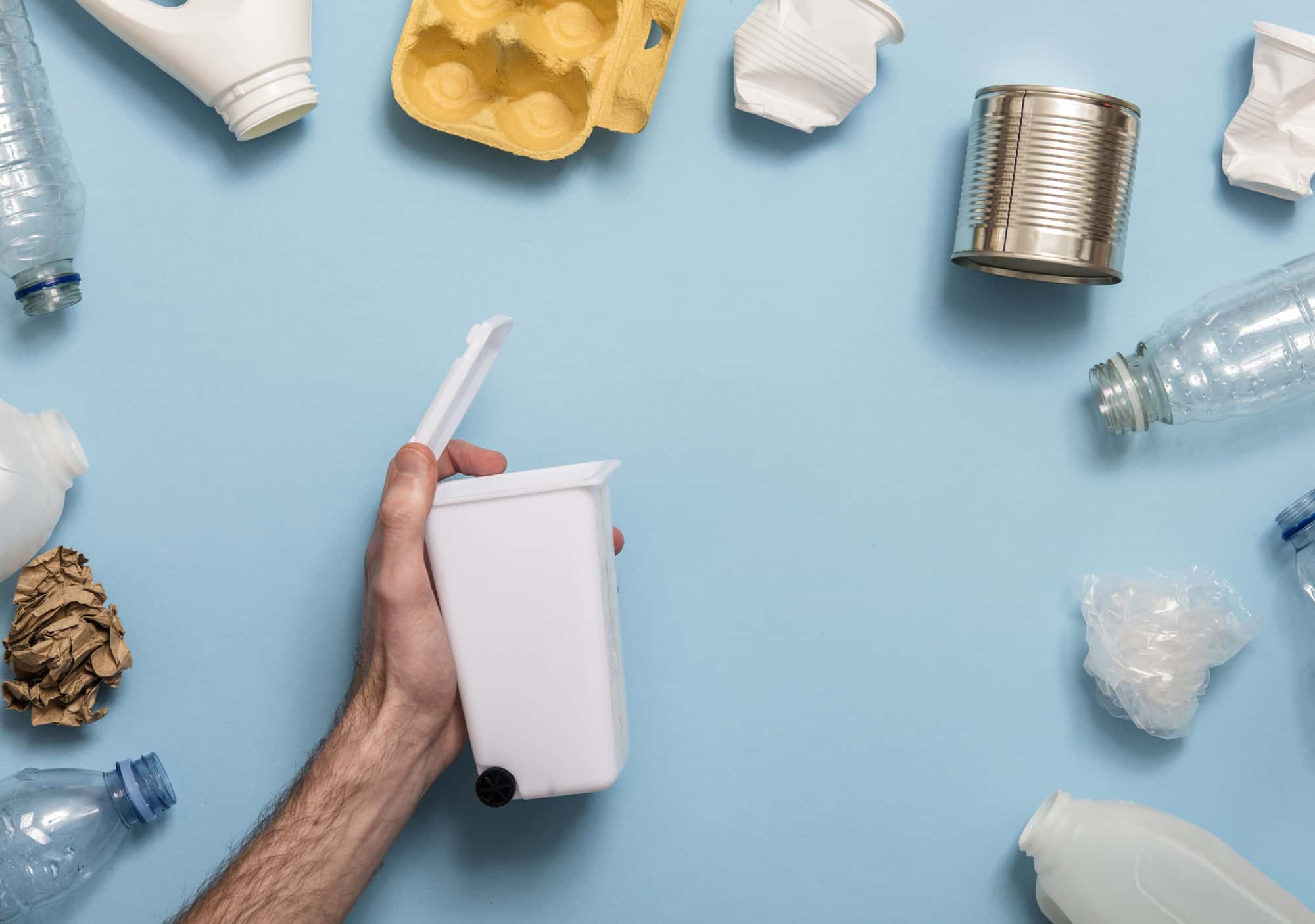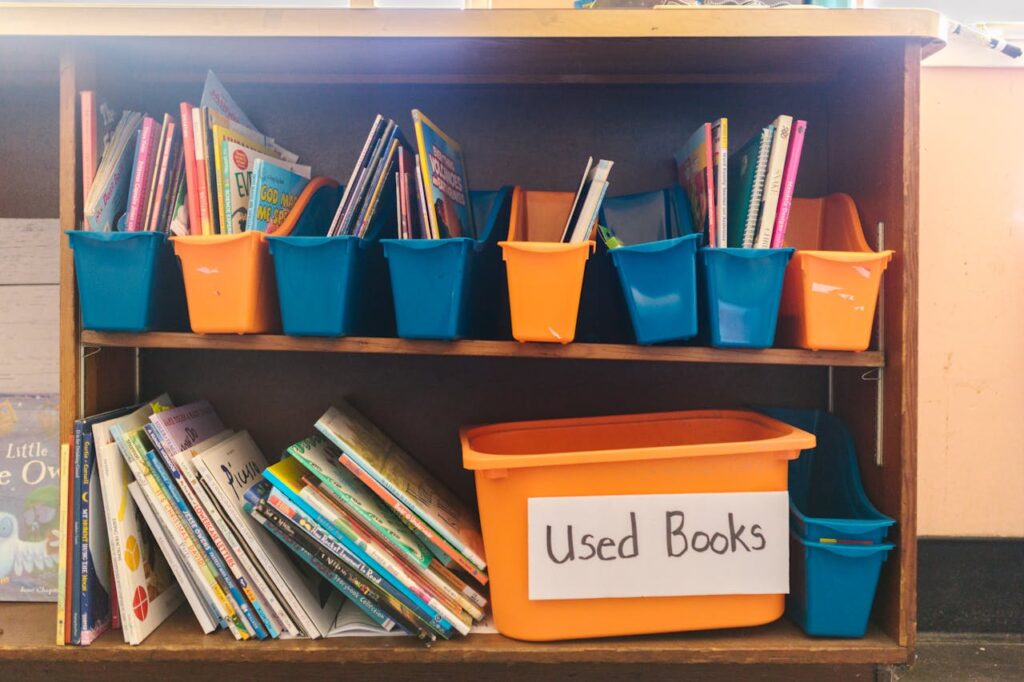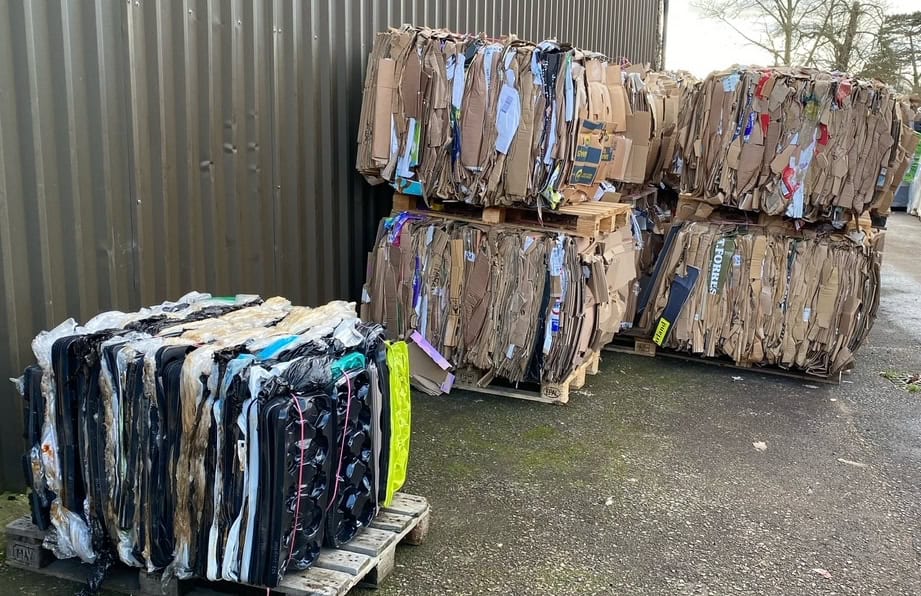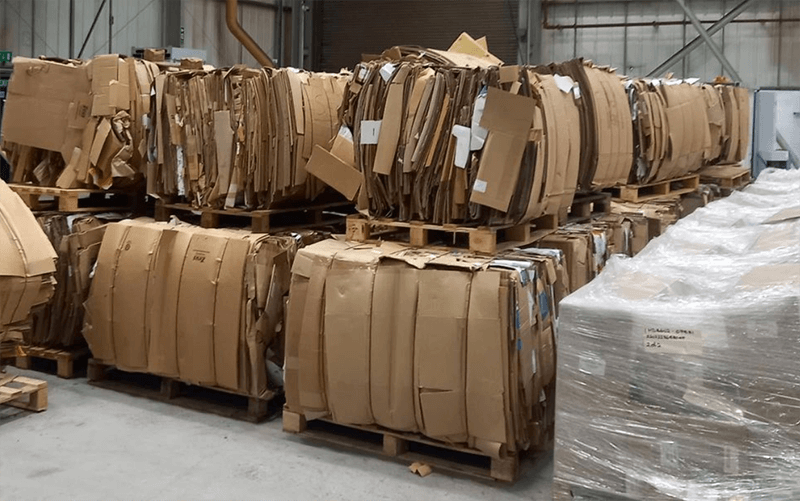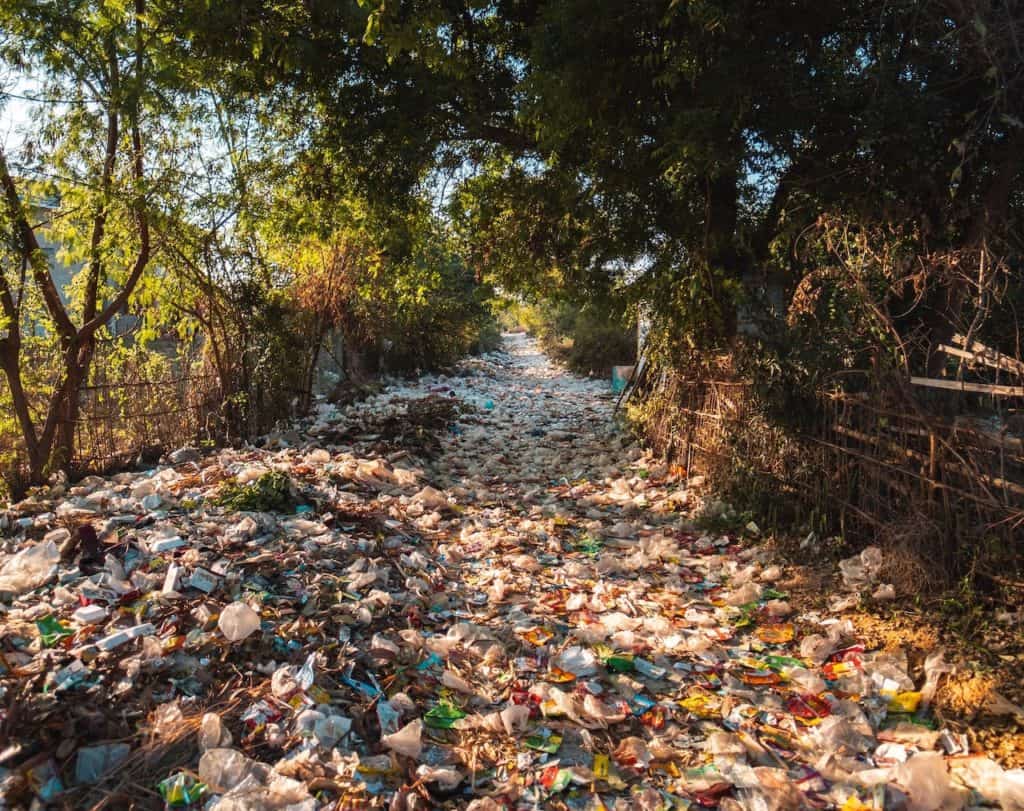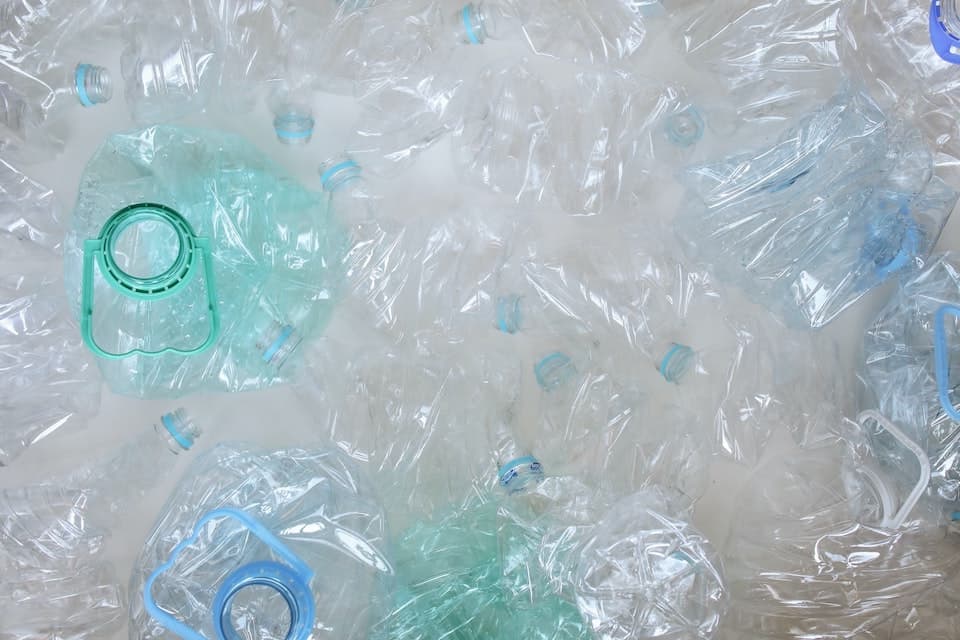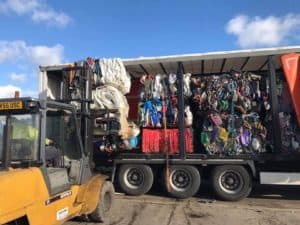At Plastic Expert, it’s our aim to increase the use of sustainable packaging where possible. We need packaging to protect and preserve products, as well as to communicate essential information as well as marketing. Yet, on the consumer end, plastic packaging often ends up as waste.
For that reason, we’re looking more closely at eco-friendly types of plastic, recycled paper, and other environmentally friendly solutions that can be useful to both companies and consumers. Furthermore, we’re going to look at both the pros and the cons of switching to recyclable materials for packaging.
Categories of sustainable packaging solutions
There are different kinds of eco-friendly packaging including those that count as reusable, recyclable, and biodegradable. Here, we will quickly go over the differences between the three categories:
- Reusable packaging can be cleaned and used again, whether by the consumer or through a scheme that sees the package returned to the seller/supplier. Glass bottles and jars are a common example, but some plastics can also count as reusable packaging
- Recyclable packaging can be reused, but mostly after it has gone through processing. There is a wide range of recyclable materials, including paper, metal, card, glass, and some plastics, including bubble wrap and LDPE shrink wrap. The recycling rates vary greatly between materials, with paper and cardboard being some of the most widely recycled.
- Biodegradable packaging covers materials that will break down into the soil or the air over time. Most materials break down over enough time, but paper, card, and corrugated cardboard tend to break down the fastest, alongside natural fabrics.
Where recyclable packaging comes from
Packaging that can be reused, recycled, or is biodegradable allows for easier waste management and less waste than packaging that fits none of those definitions. However, to ensure the most eco-friendly approach to recycling, you may also want to know where those materials come from.
- Paper and cardboard: You may be concerned that packaging elements like paper, card, and corrugated cardboard are contributing to deforestation. However, in the UK, 70% of fibres used to make paper comes from paper collected by recycling efforts, while the rest comes from virgin wood fibre from trees grown in certified and managed forests. This is FSC-certified paper and it does use slightly less resources to produce, but both are more eco-friendly than the alternative of deforestation.
- PLA materials: PLA materials, also known as polylactic acid materials, are made from fermented sugars, with cornstarch being the most common amongst them. This material is highly biodegradable, but must be disposed of properly to ensure it doesn’t damage the environment.
- PET: Polyethylene terephthalate is the most widely used and recognised recyclable material, used in food and beverage packaging, as well as for a variety of other uses. It’s made synthetically by creating a molten resin from ethylene glycol and terephthalic acid.
Recycling rates for recyclable packaging
Besides knowing how easy it is to sustainably produce the packaging you use, you will also want to know how widely it is recycled to make sure you’re making the right choice to reduce packaging waste as much as possible The stats for 2017 show the following recycling rates:
- 52% for aluminium
- 77.3% for steel
- 79% for paper
- 67.6% for glass
- 46.2% for plastic
- 30.7% for wood
Making the switch to recyclable packaging
While opting for a more sustainable business by any means necessary is always recommended, it’s important to ensure you do it in a way that’s right for your business. For some, this may mean not using plastic at all, while those who deal in food and beverages may instead switch to recyclable plastics like PET.
When making the switch to recyclable materials, it’s essential that you consider the features and properties of the goods that you need to package, and what kind of qualities you need from the packaging. For instance, you need to consider its strength, longevity, whether it is food-safe, and so on. Some sustainable packaging can be reinforced with eco-friendly coatings, but this may involve additional costs.
Similarly, replacing recyclable packaging necessitates that you work with a team that knows how to design the packaging to fit both the needs of your product and the strengths of the material used.
The advantages of recyclable packaging
If you are considering switching from the use of non-recyclable packaging to recyclable packaging, there’s a good chance that a sense of social or moral obligation is a big part of the decision. However, there are advantages for the business that are worth considering, too. Here are just a few of them.
- Improving the brand: By fulfilling your corporate social responsibility, you can ensure that your brand, business, and products are better received by your target market. People are happier to buy from companies that are willing to invest in doing good for the environment.
- Targeting the green market: There’s a growing market of consumers who will not only buy green when possible, but are even willing to spend more in order to ensure their products are green. Using recyclable packaging can help you reposition and target this market.
- Increased customer satisfaction: When customers see that it is much easier to dispose of or recycle the packaging for your products, they will feel better about buying them.
- Increased sales: By targeting new demographics, improving the brand image, and increasing both customer loyalty and satisfaction, it’s likely that you can see an increase in sales.
- Potential cost reductions: Though switching to recyclable packaging may require an initial investment, it’s possible you can reduce costs by reducing the amount of material that needs to be reduced overall.
- Savings in logistics: By reducing the volume of materials used through more eco-friendly packaging design, you can reduce your transit costs, as well as storage and warehouse costs, leading to better profit margins.
The limits of recyclable packaging
Whilst there are advantages to implementing recyclable packaging in your business, there is no denying that there are real limitations and challenges, as well. You have to consider how these limitations may affect your business and make a judgement that suits your needs and your goals towards eco-friendliness:
- Recycling can involve more waste than other sustainable practices: Recycling typically involves the use of less energy than using raw materials that cannot be recycled. However, reusing materials is typically more energy-efficient and involves fewer wasteful processes than recycling.
- Recycling isn’t always cost-effective: The process of recycling the used packaging, and of producing that packaging in the first place, will sometimes outweigh benefits. This is, in part, influenced by what local recycling programs are available to you and your consumers. You need to do your research, find out what option is most economical, and decide if you’re willing to pay the cost for greener packaging.
- Pollution is a possibility: Recycling can lead to pollution, in part due to the fact that not all plastics and other packaging materials can be recycled in every place, as mentioned above.
How your packaging is recycled
If you’re making the switch to recyclable plastics and other materials, you may want to know how they’re recycled after being used. The following is a step-by-step description of the typical recycling process. Not every recycling station does it this way. Be sure to keep in mind your producer responsibility for packaging waste, too.
- Collection: The recyclable packaging is collected, first of all, usually through kerbside collections. The materials are collected and taken to recycling facilities.
- Sorting: The next stage is to sort the different materials to ensure that everything is recycled correctly. Machines will sort the materials, including plastics, into different areas depending on certain properties such as weight/mass, material type, even colour and how the plastic was made. This is essential to preserve the efficiency of the recycling process
- Washing: Materials like plastics must be washed to reduce impurities, such as labels, food and drink residue, and any adhesives used. This non-plastic waste is removed before the remaining material goes on to the next step.
- Resizing: Also known as pulping or shredding for some materials. In the case of plastic, they are shredded to granules that are relatively the same size, making them easier to process, transport, and reshape.
- Separation: The plastic granules are then further identified and separated, depending on density, how thick or thin the plastic particles are, melting point, and colour. The separated plastics are all processed together.
- Compounding: Lastly, the plastic granules that all match together are smashed and melted together into plastic pellets. These pellets then serve as the material that can be processed into other plastic products.
The process may differ depending on the materials being recycling, but the steps are roughly the same. Materials are sorted, cleaned, and processed into raw materials ready for reuse.
Are you ready to start using recyclable packaging?
The environmental impact of recyclable packing packaging is clear to all. Our recycled material is used for mailing bags, plastic bags, bin liners and many other packaging products you’d find in the home. The recycled pellet used ensures eco-friendly production in the best possible way.

